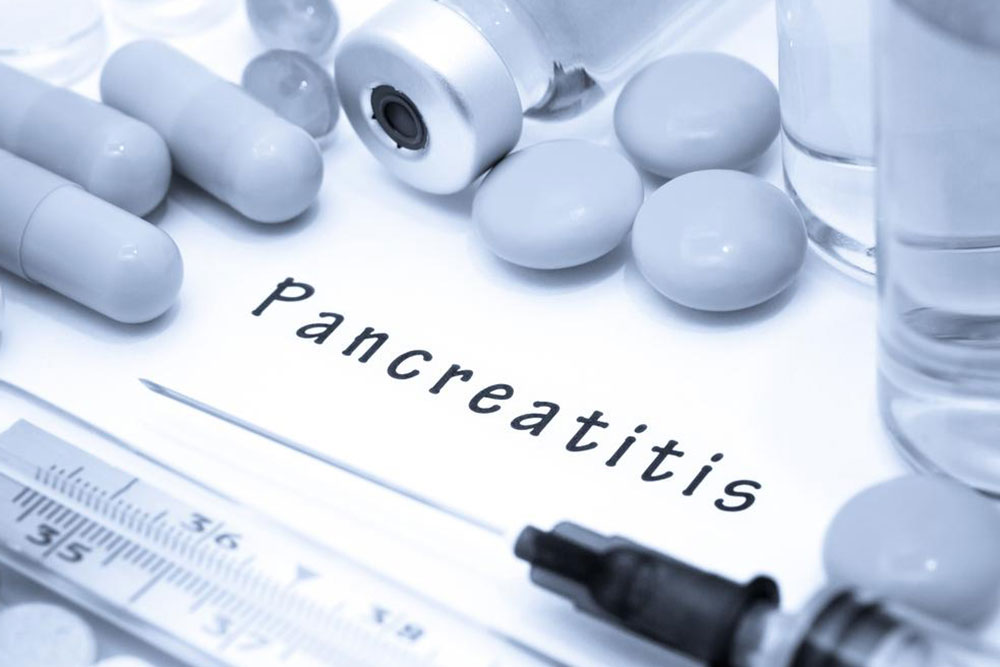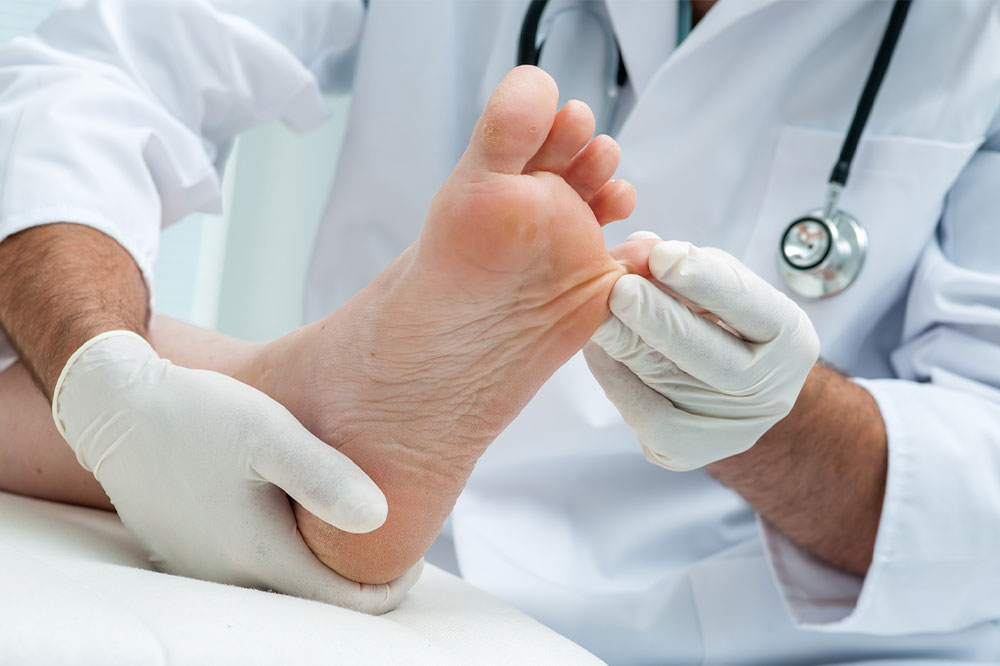Understanding Ankylosing Spondylitis: Symptoms, Diagnosis, and Treatment Options
This article offers a comprehensive overview of ankylosing spondylitis, covering its symptoms, risk factors, diagnosis, and management strategies. It emphasizes early detection and lifestyle modifications to improve patient outcomes. Although incurable, symptoms can be effectively controlled with medications and physiotherapy, helping patients maintain mobility and quality of life. Recognizing warning signs and understanding the disease's progression are essential for timely intervention and preventing complications.

Understanding Ankylosing Spondylitis: Symptoms, Diagnosis, and Treatment Options
Ankylosing spondylitis, a rare form of arthritis, typically manifests as stiffness and discomfort in the spine. Also called Bechterew’s disease, it usually begins in the lower back and can progress upward to the neck, affecting other joints. The term "ankylosis" refers to fused bones, while "spondylitis" indicates inflammation of the spinal vertebrae. Severe cases may cause the spine to curve forward. Though incurable, symptoms can be managed with medication and physical therapy to ease pain and enhance spinal strength.
Common Signs of Ankylosing Spondylitis
The presenting symptoms can differ, but flare-ups of inflammation are typical, with symptom-free intervals. Back pain, especially in the mornings and evenings, is prevalent. Joint pain, notably in hips and shoulders, along with stiffness upon waking, are frequent indicators. Additional signs include:
Morning stiffness
Posture changes such as stooping
Loss of appetite
Slight fever
Unintentional weight loss
Fatigue and tiredness
Low iron levels leading to anemia
Breathing difficulties in advanced stages
Inflammation from the disease can affect other body parts, leading to symptoms like:
Inflammation in the intestines
Eye irritation, such as mild conjunctivitis
Inflammation of heart valves
Aching or swelling of the Achilles tendon
Lower back pain might often be due to injury but should be evaluated carefully, especially if it persists or worsens upon waking. Young adults experiencing persistent back discomfort, particularly near the sacroiliac joints, should consult a healthcare provider. Genetic factors, family history, and specific symptoms like chest pain or joint stiffness can indicate a higher risk of ankylosing spondylitis.
Progressive symptoms typically start in the lower back and ascend upwards. If untreated, spinal fusion can occur, leading to permanent deformity. Early use of anti-inflammatory drugs can help alleviate symptoms, but they do not halt disease progression. More targeted medications that modulate immune response may slow the disease over time.
The exact cause remains unknown, but genetics play a significant role. Individuals with the HLA-B27 gene, especially those with a family history, face increased susceptibility. Certain demographic factors, such as race and gender—with men being more affected—also influence risk.
Complications from untreated ankylosing spondylitis can include chronic spinal fusion, joint damage, reduced flexibility, breathing issues, eye problems such as uveitis, cardiovascular disease, and increased fracture risk. The disease primarily impacts the spine and can extend to other joints, lungs, and the heart, causing widespread health concerns.
Diagnosis involves physical examinations to assess movement limitations and pain points. Imaging tests like X-rays and MRIs may reveal bone changes, while blood tests help detect inflammation markers. Early detection is crucial for effective management.
Management focuses on controlling symptoms and preventing progression, through medications like NSAIDs or biologics, physical therapy, and lifestyle adaptations. Surgery, such as joint replacement, is reserved for severe cases. Lifestyle modifications, including regular exercise, posture correction, quitting smoking, and heat/cold therapy, can significantly enhance quality of life.










